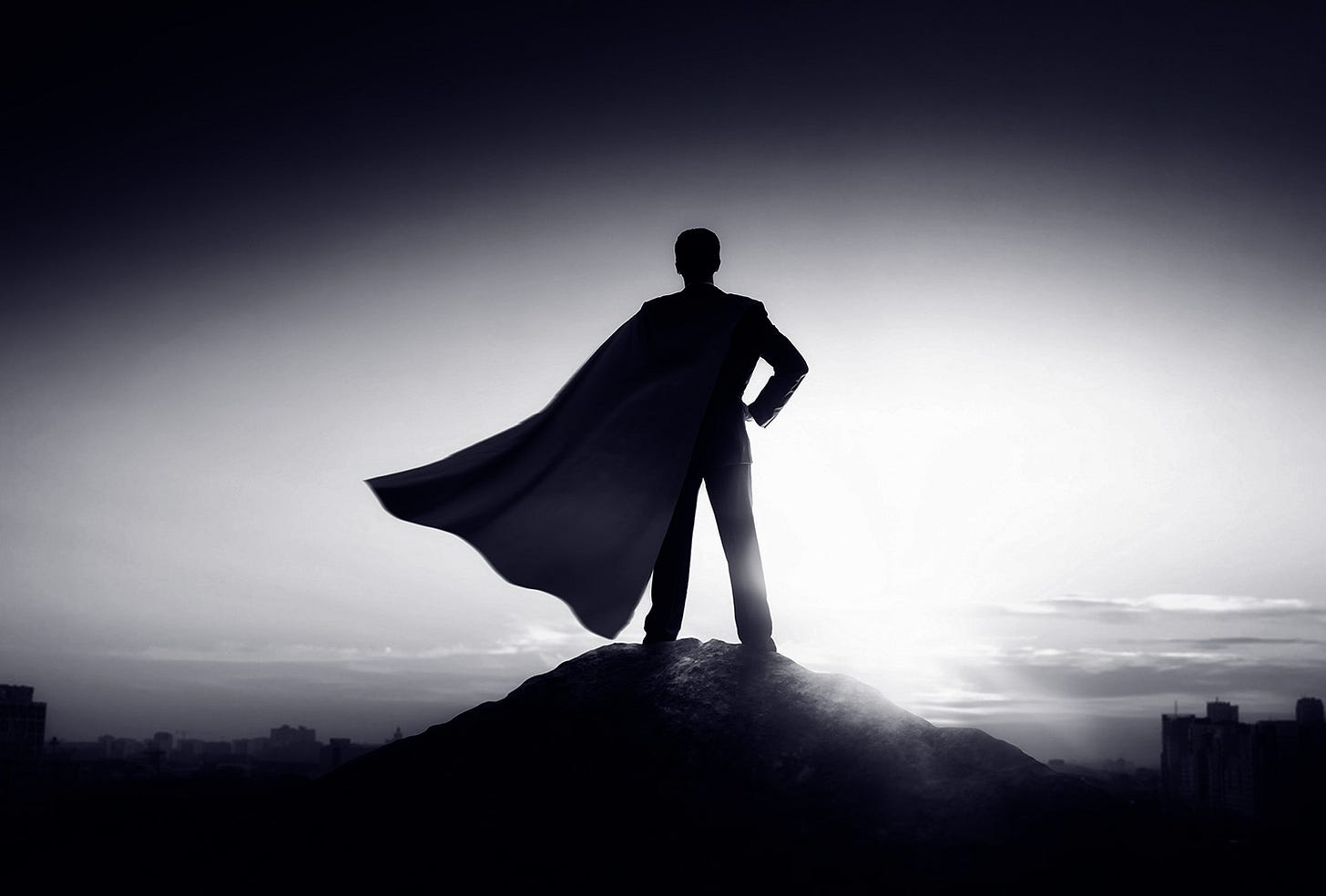That Time Jimmy Carter Took a Dive Into a Nuclear Bog
And he lived 100 years to tell about it
Long before Canada became The Great White North Satan and enemy of the United States, Jimmy Carter saved one of their nuke plants.
When James Earl Carter Jr. graduated from the Naval Academy in 1946, he was assigned to the USS Wyoming. The USS Wyoming was the Navy’s oldest ship, having been commissioned in 1912. You could hear every piece of metal grind as it reluctantly plowed through the ocean.
Carter had been the victim of that great American tradition: The luck of the draw. Midshipmen graduating from the Naval Academy in those days, even those like Carter who graduated with distinction, were handed naval assignments randomly.
Before he jumped onto his new, but old, boat, he asked his high school sweetheart, Rosalynn Smith, to marry him. When asked by a television interviewer much later in life what his greatest life moment was, Carter wouldn’t bite when the interviewer suggested maybe it was the Camp David Middle East Accords or some other accomplishment, such as Habitat for Humanity or another in his vast catalog of social activism. Instead, he said it was when Rosalynn said yes.
They remained married for 77 years. The only reason they weren’t still married when Jimmy Carter passed away yesterday was because Rosalynn left the planet first.
Eventually, Carter graduated from the rickety old USS Wyoming to the high-tech (for its time) nuclear submarine, the USS Seawolf. There, he mastered the art of nuclear engineering, becoming one of the Navy’s most trusted engineers.
As Carter reached full mastery of nuclear gobbledegook, the Chalk River nuclear plant, 180 miles outside Ottawa, Canada, decided to have a little meltdown. Fuel rods overheated, threatening the stability of the nuclear core and the fine citizens of the small town of Chalk River and surrounding parts of Ontario.
Because we weren’t yet on the verge of war with our northern foe, the U.S. happily rushed a team of nuclear experts led by 28-year-old Jimmy Carter to help deal with the accident.

When he arrived, Chalk River’s reactor, which was a research reactor called an NRX (National Research Experimental), was a mess. Alarms like this were blaring:
Actually, that’s my coffee maker when it is waiting for me to add a coffee pod. But you get the idea.
Overheated fuel rods were stuck in the core. Radioactive water pooled to the point where 1,200,000 gallons covered the basement floor. Hydrogen explosions damaged part of the building and the reactor.1 66 pounds of radioactive gas blasted out of the reactor’s chimneys as sirens filled the air of the small town of Chalk River to alert the thousand or so residents of impending doom.
The Navy asked Carter to lead a team of 13 U.S. Navy personnel to help clean up the mess. The 13 were part of a larger crew of 28 military personnel assigned to the problem. Carter’s crew were volunteers who were told there was a good chance that their efforts would mean they would never be able to have children. Cleaning up damaged nuclear reactors isn’t for the faint of heart or those with family aspirations.
They went anyway.

Carter directed the operation but also volunteered to be lowered into the radioactive muck as part of an effort to remove the damaged parts of the reactor. Carter wrote in his autobiography, Why Not the Best?, that each serviceman could only spend 90 seconds in the reactor dome, or else they’d be cooked by the radiation, even though they wore state-of-the-art (for that era) hazmat suits. Later research showed that 90 seconds was considerably more time than anyone should spend with radioactive nuclear facility backwash. How much more time? About a thousand more times than the daily recommended allowance.
The terrifying operation of removing damaged reactor parts was done bolt by bolt under a scheme Carter developed that involved a full model of the reactor. Each time a bolt was removed, the team removed a bolt from the model of the reactor to gauge whether or not removing the next bolt would end up in a dead Carter along with his crew.
Carter and crew’s efforts were successful. Still, it wasn’t without side effects. Carter reported that he had measurable radioactivity in his urine for months after the cleanup. The prognosis for having children with the love of his life must have felt grim.
The facility was fully operational again just a little more than a year later.
Depending on how you feel about nuclear power, that’s good or bad news. But this part seems good no matter what your belief system is: Apparently, Jimmy’s tubing also survived:
‘We have a big family now. We have 22 grandchildren and great-grandchildren, 38 of us in all,’ Carter told CNN in 20152
Thanks for reading!
Notes
Contributors. 2003. “Decommissioned Heavy Water Moderated, Light Water Cooled, Nuclear Research Reactor at the Canadian Chalk River Laboratories (Canada).” Wikipedia.org. Wikimedia Foundation, Inc. December 8, 2003. https://en.wikipedia.org/wiki/NRX#Accident.
Neath, Amelia. 2024. “Who Are Jimmy and Rosalynn Carter’s Children?” The Independent. December 30, 2024. https://www.the-independent.com/news/world/americas/jimmy-carter-rosalynn-children-grandchildren-amy-john-b2671347.html.




Good man, Jiimy.
Fascinating story Charles! I had no idea! 👏👏👏. Thank you for sharing this. I wish we had more Jimmy Carters.